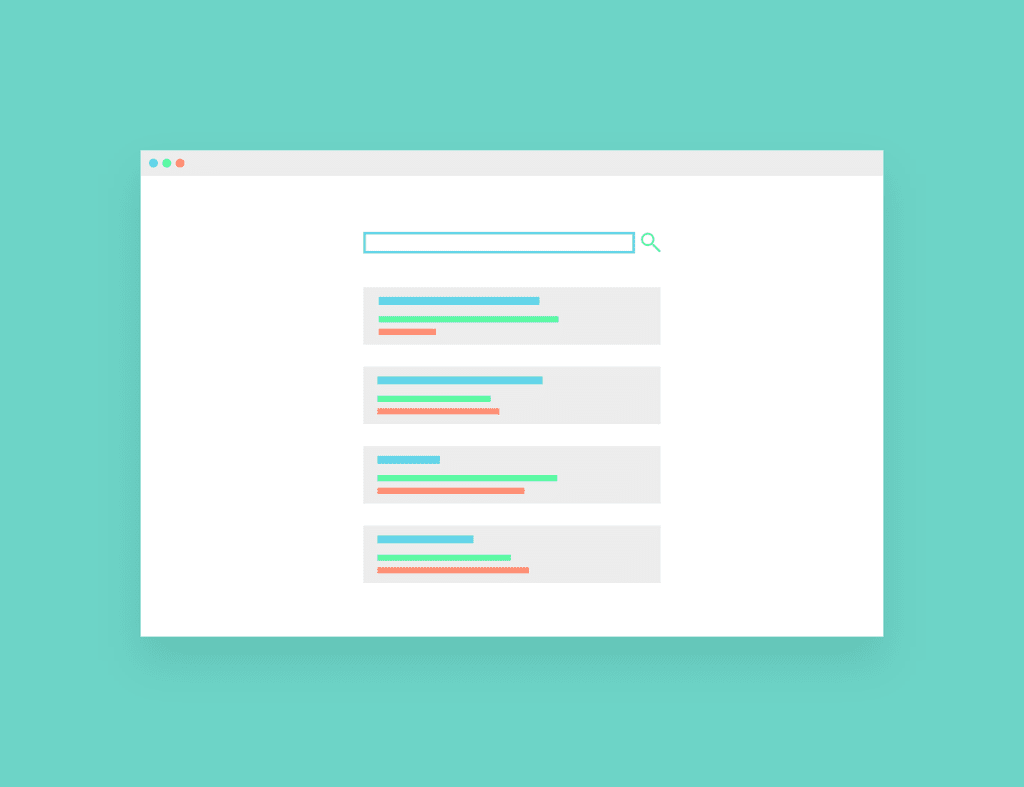One of the most common ad formats that we are asked about is Google Responsive Search Ads and how they differ from Google Expanded Text Ads.
What Are Responsive Search Ads?
Responsive search ads have been designed by Google to allow more flexibility to ensure that the most relevant ad copy is shown to any given user at any point in time.
When creating a responsive search ad, you will be able to add up to 15 headlines and 4 descriptions. Google will then use Machine Learning to test, learn and optimise the combination of these headlines and descriptions for the best performing combination according to search query.
This can help to create ads that are more relevant to your customerâs searches and potentially lead to performance improvements.
Difference between Responsive Search Ads & Expanded Text Ads
The main difference between a responsive search ad and an expanded text ad is that the latter is static.
When you create an Expanded Text Ad you are specifying to Google exactly how you want the ad to show for every single search that is triggered by that keyword. There is no room for flexibility.
Advantage of Responsive Search Ads
With Responsive Search Ads, there is no need to complete manual A/B tests to determine what ad copy is best. This is all done automatically through Googleâs AI. It is able to test all the possible combinations of headlines and descriptions to make sure the right combination is shown at the right time â ultimately saving you valuable time.
How to Create a Responsive Search Ads
You can create a responsive search ad in Google Ads by selecting the ad group you want to add the ad to and then clicking on the âAds & Extensions > Adsâ tab.
From here, you want to click on the blue + button and select â+ Responsive Search Adâ

You will then be able to add in your headlines and descriptions to create the ad. The more headlines and descriptions entered, the more Google can test and learn to determine the best combinations.

Google also shows you some examples of how the ads might look in different combinations. This can help to identify an âdouble upâ between headlines and descriptions. Note that it is also important to keep each headline and description as unique as possible.

For more tips on how to write ad copy, read our blog on How to Write The Best Ad Copy For Google Ads.
Responsive Search Ads at Scale
Googleâs recommendation is to include 1 responsive search ad in every ad group across your Google Search Campaigns. Many people would see this as an enormous and potentially impossible task. This is where Dynamic Creative can help.
At Dynamic Creative, we have a platform that is able to build responsive search ads at scale across single keyword ad group campaigns that are built specifically with Googleâs Machine Learning in mind. Our Account Directors are always happy to undertake a free consultation about your digital advertising and how we can help to grow at scale.
â



